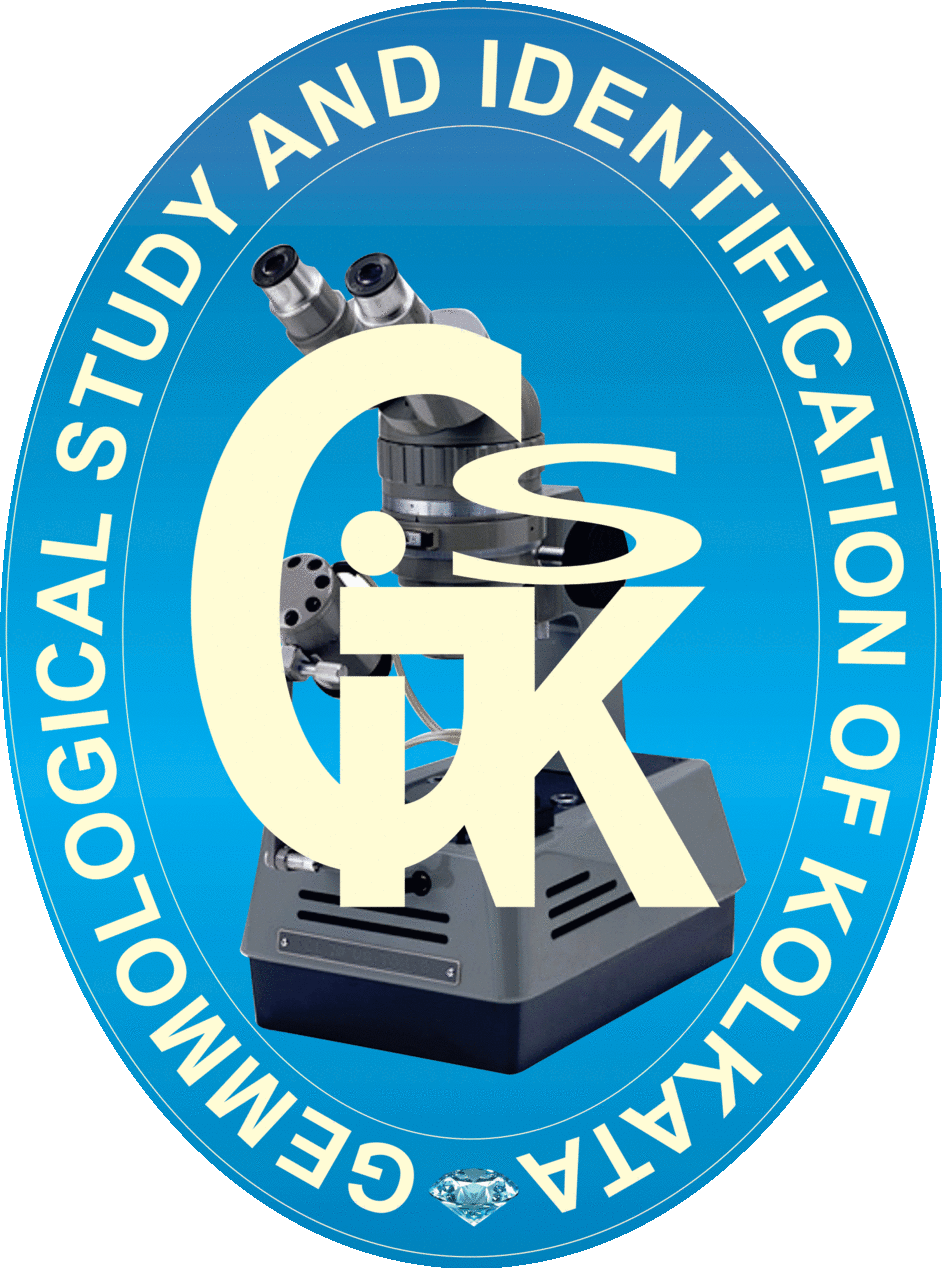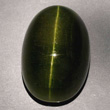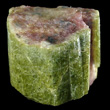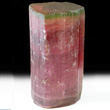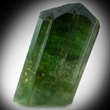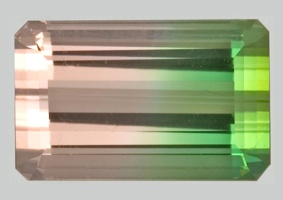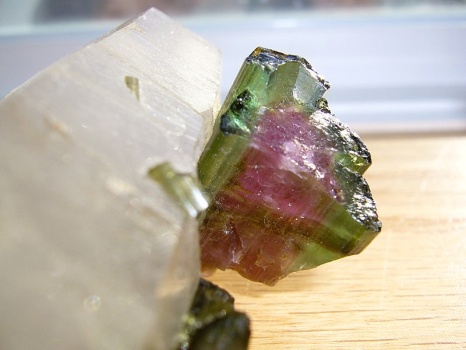Tourmaline

Tourmaline is the most colorful of all gemstones. Tourmaline is not a single mineral. It is a group of mineral related in their physical and chemical properties. The minerals Elbaite, Schorl, Dravite and Liddicoatite are the members of tourmaline group. Elbaite is responsible for almost all the gem varieties and other three varieties are seldom used as gemstones.The value of Tourmaline has a very large range. The common forms can be fairly inexpensive, but the rare and more exotic colors are very high prices. Neon-blue colored Tourmaline known by the trade name Pariba Tourmaline is most expensive. Other valuable forms of tourmaline are Chrome Tourmaline. Its color is intense-green found in Tanzania, Rubellite the pink to red variety and Indicolite, the rare blue variety.
|
|
|
|
|
|
According to the color of following varieties are recognized in the trade:-
| Achroite | Colorless or almost colorless. It is quite rare |
| Dravite | Its color is yellow brown to dark brown. |
| Indicolite | It is named after its color. Its color is blue in all shades. |
| Rubellite | Its color is Pink to Red, sometimes it is found with a violet tint. Red color Tourmaline is the most valuable. |
| Schorl | Its color is black. It is very common. It is used for mourning jewellery. |
| Siberite | Its color is Lilac to violet blue. |
| Verdelite | Its color is green in all shades. |
| Paraiba | Its color is neon blue. |
| Canary | Its color is bright yellow. |
| Chrome | Its color is deep green. |
| Watermelon | It is multi colored tourmaline with a red centre, surrounded by green outer layer or vice-versa. |
|
|
|
|
|
|
DEPOSITS
Tourmaline deposits are found in pegmatites and alluvial deposits. The most important tourmaline supplier is Brazil (Minas Gerais, Paraiba). Other deposits are in Afghanistan, Australia, Burma(Myanmar) , India, Madagascar, Malawi, Mozambique, Namibia, Nepal, Nigeria, Pakistan, Russia, Zambia, Zimbabwe, Srilanka, Tanzania, the United States (California, Maine) and Zaire. In Europe there are Tourmaline Deposits on Elba (Italy) and in Switzerland (Tessin).
PROPERTISE
| Species | Tourmaline |
| Variety | Achroite (Colorless), Rubellite (Pink to red), Indicolite (deep pinky blue), Siberite(Lilac- violet-blue), Verdite (green shades), Water-Melon Tormaline Schorl (black), Dravite, Liddicoatite. |
| ChemComp | (NaCa) (Li Mg FeAI)9 B3 Si6(O, OH)31 (Complex boro-silicate of alkalies) |
| Crystal System | Trigonal |
| Color | BlueColorless, Red, pink Blue, Green, Yellow, Brown, Black and particolored. |
| Cause of color | Green-Chromium or Vanadium. Yellow - Iron and Titanium. Brown, Red - (iron) Fe3+ and /or (manganese) Mn3+. Yellow , Green - Mn and Ti(manganese and titanium) |
| Hardness | 7 to 7.5 |
| Specific Gravity | 3.03 to 3.15 |
| Pleochroism | Strong dichroism |
| R.I. Range | 1.622 - 1.641 |
| Optic Sign | U-ve |
| Birefringence | 0.013 to 0.024 (mean 0.018) |
INCLUSION
Common Inclusion Found in Tourmaline are Trichites (thread like liquid filled capillaries),
Flat cavities.
FAMOUS TOURMALINE
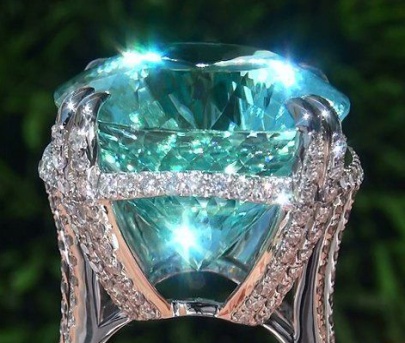
A large cut tourmaline from Paraiba, measuring 36.44 x 33.75 x 21.85 mm (1.43 x 1.33 x 0.86 in) and weighing 191.87 carats, was included in the Guinness World Records. The large natural gem, owned by Billionaire Business Enterprises,[21] is a bluish-green in color. The flawless oval shaped cut stone was presented in Montreal, Quebec, Canada on 14 October 2009.
In the late 1990s, copper-containing tourmaline was found in Nigeria. The material was generally paler and less saturated than the Brazilian materials, although the material generally was much less included. A more recent African discovery from Mozambique has also produced tourmaline colored by copper, similar to the Brazilian paraiba. While its colors are somewhat less bright than top Brazilian material, Mozambique paraiba is often less-included and has been found in larger sizes. The Mozambique paraiba material usually is more intensely colored than the Nigerian. There is a significant overlap in color and clarity with Mozambique paraiba and Brazilian paraiba, especially with the material from Rio Grande do Norte.
|
|
|
SIMMULANT
Stimulants of Tourmaline are Zircon, apatite, Paste, garnet, Corundum, Quartz,
Scapolite, Spinel.
